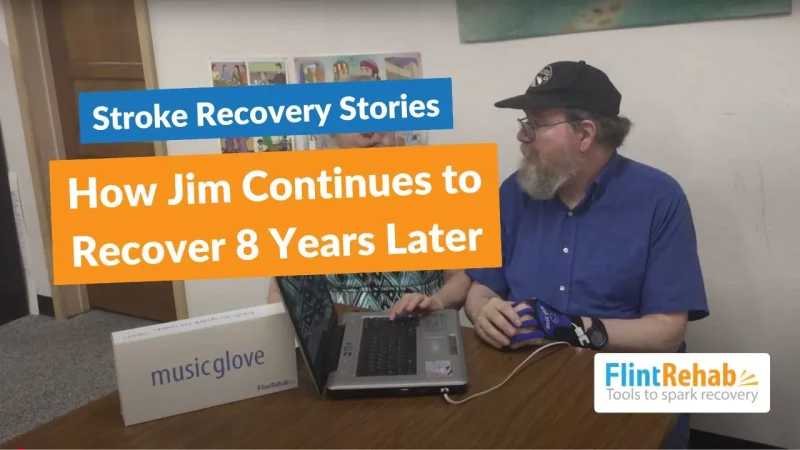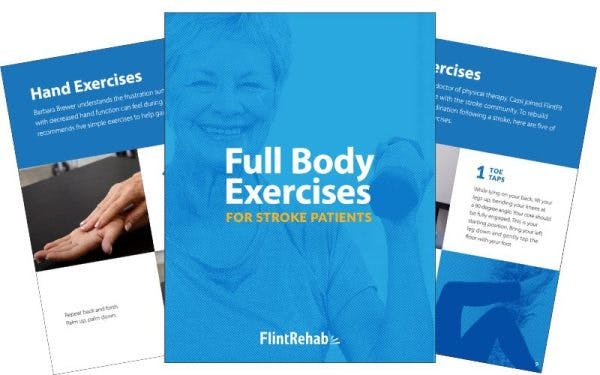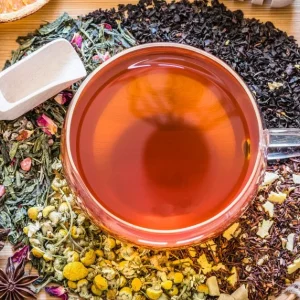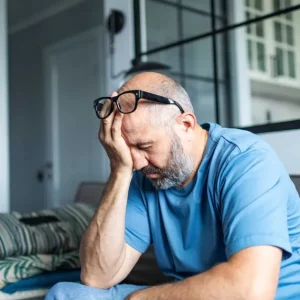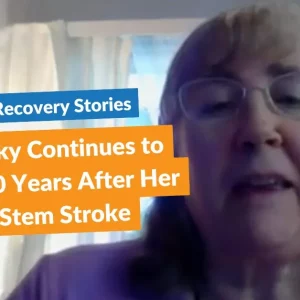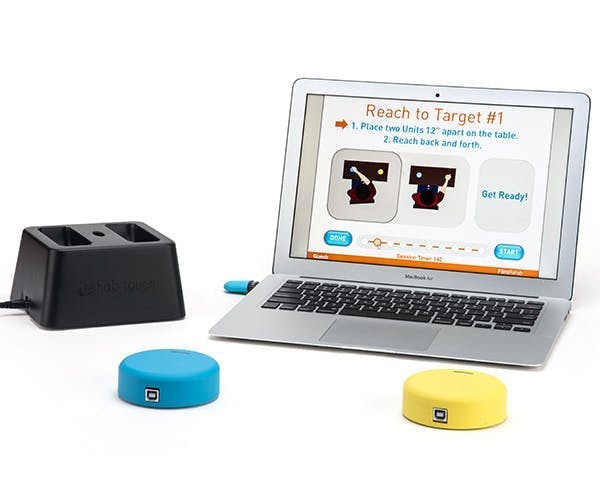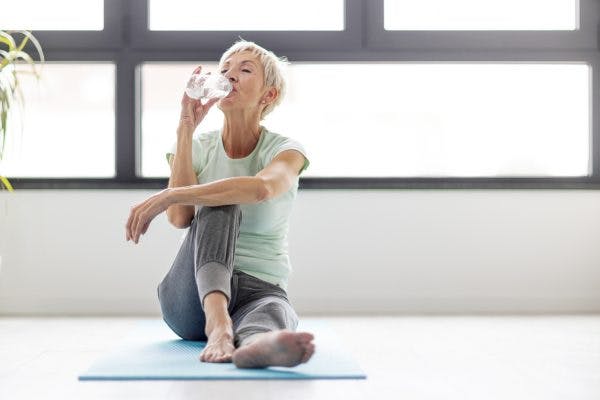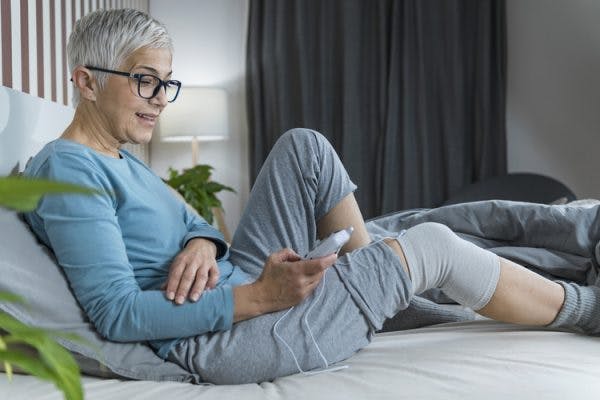Recovering from a stroke is a lifelong journey, and no one understands that better than Jim Williams. More than 8 years after his stroke, Jim continues to work hard to regain function in his arm and hand. His story is a powerful reminder that progress is always possible, no matter how much time has passed.
In this post, we’ll share Jim’s stroke survivor story, how he’s managing recovery at home, and how a tool called MusicGlove has helped bring renewed hope and motivation to his rehabilitation.
Life After Stroke: Jim’s Initial Challenges
Jim suffered a massive stroke that changed his life in an instant. The stroke caused significant weakness on his left side, taking away the use of his left arm and hand. Even more difficult, he also lost the ability to speak.
His wife, Marlys, has been by his side throughout the journey.
“Jim lost his ability to speak and the strength in his left side. His speech is still a challenge,” says Marlys. “But he attends regular speech therapy through our local hospital.”
Unfortunately, formal therapy for his arm and hand stopped about 5 years ago. Since then, Jim has relied on home therapy to continue making progress.
Home Stroke Rehabilitation: Finding a Way Forward
When formal therapy options ran out, Jim and Marlys knew they couldn’t stop trying. Stroke recovery doesn’t end after a few months or even a few years, it continues for a lifetime.
Because of this, Jim turned to home-based tools and technology to support his upper limb rehabilitation.
Earlier this year, Jim and Marlys discovered MusicGlove, a gamified hand therapy device designed for stroke recovery.
“We purchased the MusicGlove to help recover more of his hand function,” Marlys shares. “Jim loves anything that uses technology, and this encourages him to do more therapy than he would with simple repetition exercises.”
How MusicGlove Is Helping Jim Regain Hand Function
The MusicGlove is a wearable device that turns hand therapy into an interactive game. Users perform gripping and pinching exercises in rhythm with music, which helps activate the brain and make therapy more enjoyable.
For stroke survivors like Jim, this kind of motivating, tech-driven therapy can be a game-changer, especially when traditional therapy isn’t available.
Even though he continues to face challenges with his speech and mobility, Jim is seeing real progress in his hand. One of the techniques he uses is to assist his weaker hand with his stronger one, encouraging motion and engagement from the affected muscles.
“He is still getting motion in his hand,” says Marlys. “And even after 8 years, he’s still seeing improvement.”
The Importance of Staying Motivated After Stroke
Stroke recovery takes patience, consistency, and hope. Jim’s story is an incredible example of what’s possible when you keep going, even years down the line.
For those dealing with arm or hand weakness after stroke, Jim and Marlys offer this advice:
“We want to encourage anyone that has hand or arm weakness to give this a try. Never give up.”
The couple hopes Jim’s story can inspire other stroke survivors and caregivers to explore new options for home rehabilitation. Whether you’re just starting your journey or years into recovery, progress is possible.
Why Long-Term Stroke Recovery Matters
Many stroke survivors plateau in their recovery. This is often not because progress is impossible, but because therapy often stops too soon. Jim’s story is a powerful reminder that the brain can continue to heal and adapt over time, especially when you stay active and engaged in rehab.
Tools like MusicGlove help fill the gap in care by making therapy accessible and fun at home. And as Jim has shown, you can keep getting better, even years after a stroke.
Keep Going: One Movement at a Time
Jim’s story highlights something all stroke survivors should remember: Every small step counts. Whether it’s a finger twitch, a new word spoken, or simply the motivation to try again, recovery happens in moments big and small.
“Thank you for this opportunity,” Marlys says. “We just want to say thank you.”
If you or someone you love is looking for a way to improve hand function after stroke, consider trying home therapy tools like MusicGlove. The right support can make all the difference.
Interested in learning more about MusicGlove for stroke recovery?
Visit flintrehab.com/product/musicglove to see how it works.
👇 Watch Jim’s full stroke recovery story here: 👇
